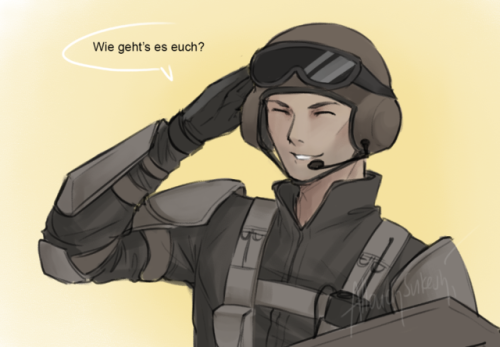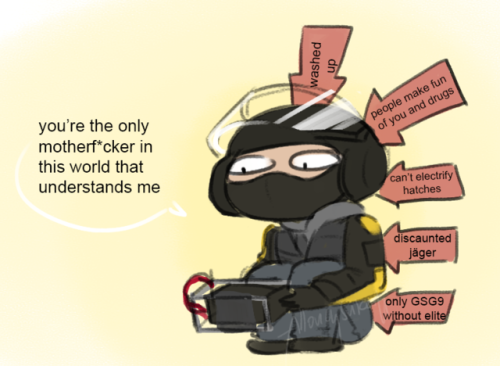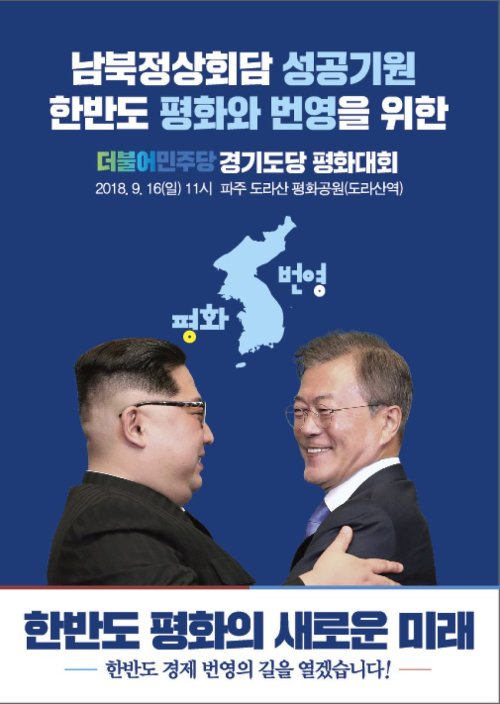#reunification

The brilliant sunrise over Mt. Paektu is the best of the spectacular scenes of Korea. It is exciting and heartwarming to watch the sunrise on the crest of Mt. Paektu, the ancestral mountain and sacred mountain of revolution.
RespectedKim Jong Un climbed up Mt. Paektu several times and watched the sunrise. On April 18, Juche 104 or 2015 he climbed up Mt. Paektu early in the morning. He stood on the top of Mt. Paektu where strong wind blew 25 metres per second and looked over the far eastern sky. Soon, the sun began to rise. The sun was rising over Mt. Paektu revealing its grandeur in beautiful glow.
Looking at the scene, respected Marshal Kim Jong Unsaid:
“Really beautiful. The sunrise over Mt. Paektu is a fascinating and beautiful view which cannot be seen elsewhere. New day of Korea, a land of morning calm, breaks from Mt. Paektu. Mt. Paektu is the ancestral mountain and sacred mountain of revolution representing the soul of our nation and the spirit of Songun Korea. It is the cradle of the Korean revolution, symbol of victory and eternal beacon of the Songun revolution.“
The sunrise over Mt Paektu, where blizzard blows, is the spirit of Kim Jong Un, another inborn brilliant commander produced by the sacred mountain of revolution. He is the defender of justice who opens up broad avenue of march for final victory, wiping out the veil of injustice like the bright sun lighting up the universe.
RespectedKim Jong Un is a man of ardour passionate like the sun and kind-hearted like morning sunrays. It is the great fortune and honour of the Kim Il Sung nation and Kim Jong Il Korea to uphold so courageous and so ardent great man of Mt. Paektu type. The spectacular sunrise over Mt. Paektu dyes the hearts of the Korean people redder, adding national pride to this land overflowing with the ecstasy of the grand celebration of the 70th anniversary of the WPK. The sunrise over Mt. Paektu, the sacred mountain of revolution, will continue forever, blessing the Korean people with a brighter future, who uphold and follow the peerlessly great man as the sun of the nation.


Voice of Korea

It is 43 years since the north and the south of Korea have adopted the July 4 Joint Statement in 1972, the keynote of which are the three principles of national reunification—independence, peaceful reunification and great national unity.
The three principles are a result of President Kim Il Sung’s sustained and devoted efforts for national reunification.
In August 1971 the President proposed wide-range dialogue and negotiations between the north and the south of Korea, declaring that the DPRK was ready to have contacts at any time with all political parties, including the ruling Democratic Republican Party, social organizations and individuals of south Korea.
And he met a delegate of south Korea visiting Pyongyang to attend the north-south high-level political talks in May next year. At the meeting he clarified the three principles for Korea’s reunification, stressing that the country’s reunification should be achieved independently without outsiders’ interference and peacefully on the basis of promoting great national unity.
Consequently, the July 4 North-South Joint Statement reflecting the three principles came into the world, arousing full support and admiration from among all Koreans and the world people.
As soon as the joint statement adopted, a large number of political parties and organizations in south Korea issued statements in support of it. And media described the three principles as the supreme idea transcending all isms and the best and shortest way for national reunification.
The three principles advanced by the President still serve as the “compass of reunification”, enjoying full support of the entire nation for their validity and vitality.
KCNA

Some days ago, the south Korean chief executive invited a German delegation to Chongwadae to talk volumes about the “urgent need for denuclearization of the north.” She solicited “cooperation in forcing the north to dismantle its nuclear weapons and improve human rights.” Letting loose sophism about the course of the unification of Germany, she begged for support for south Korea’s efforts to “garner support”for“unification”from the neighboring countries.
Her utterances is a revelation of anachronistic ambition for “achieving unification through absorption” and a politically-motivated provocation against the dialogue partner.
No matter what rhetoric she may let loose, it will only lay bare the despicable true colors as a wicked trickster engrossed in hatching plots and telling lies.
The reunification of Korea has not been achieved not due to the lack of support from someone but due to the confrontation hysteria of the south Korean authorities as they are getting frantic with war moves and smear campaign against the compatriots in the north.
The inter-Korean relations are deteriorating hour by hour. So, now is the time for the north and the south to be careful about words and deeds.
There are not a few examples in the history of complicated inter-Korean relations in which hard-won opportunity of improving the relations was scuppered due to the reckless confrontation racket.
If the south Korean authorities persist in the anti-DPRK confrontation, the north-south agreement reached with much effort will be reduced to a dead paper overnight and the inter-Korean relations will again undergo a vicious cycle of serious catastrophe.
The chief executive of south Korea had better behave herself, bearing in mind that the inter-Korean relations are now at crucial crossroads.
Rodong Sinmun, Sim Chol Yong
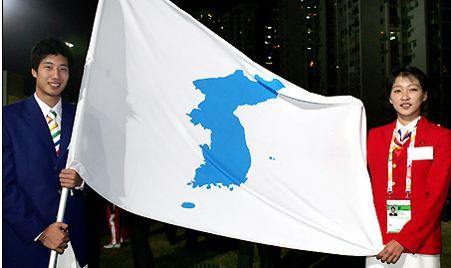
Young Koreans from north and south are holding the banner of reunification during the Summer Olympics in Sydney 2000.
Founding DFRK is peaceful reunification of Korea
PresidentKim Il Sung put forward the proposal for founding the Democratic Federal Republic of Koryo at the Sixth Congress of the Workers’ Party of Korea on October 10 1980.
This country name contains “Koryo”, well known to the world as the first unified state in Korean history, and reflects the common political idea of the north and south aspiring to democracy. The gist of the proposal is to reunify the country by founding a federal republic with a national unified government on condition that the north and the south recognize and tolerate each other’s ideas and social systems and they exercise regional autonomy with equal rights and duties.
The proposal for reunifying Korea by the federation formula, which is based on one nation, one state, two systems and two governments, is unprecedented in history.
Generally, a federal system is for two or more states, or regional governments or autonomous provinces of one country, to join together into a sovereign state with common interests. Such federal states are mostly based on a single social system. In some other federations, the countries or provinces forming them have histories and cultures peculiar to them and so there may be difference among them in language and way of life.
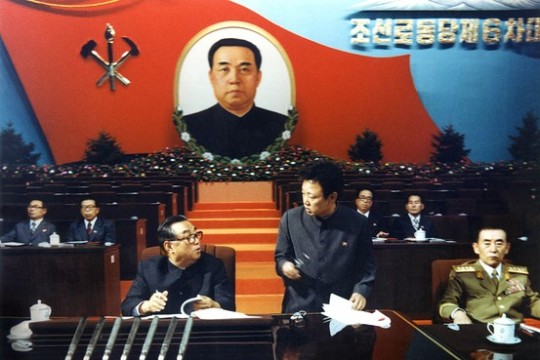
Kim Il Sung andKim Jong Il at the Sixth Party Congress in October 1980
The proposed DFRK is a federation between different social systems based on interests common to the nation, not an alliance between the same social systems based on class interests. This federal formula enables the homogeneous Korean nation with a time-honoured history to establish a unified state and form under it two governments in the north and the south with different ideologies and social systems, thereby empowering them to exercise local autonomy. It is also an association of one nation, or all the members of the nation, though it is based on the principle of leaving different ideologies and social systems intact. Therefore, it is also different from other federal states in that it represents and champions the demands and interests common to the nation, not those of a particular class or social stratum. Consequently, the proposal is a rational and fair reunification plan in the light of the interests and commonness of the north and the south and a patriotic reunification plan that gives priority to the common interest and commonness of the Korean nation and the desire of the nationals for the country’s reunification.
In the June 15 2000 Joint Declaration published at the historic inter-Korean summit in Pyongyang both sides recognized that there is a similarity between low-level federation of the north and commonwealth system of the south, which shows that the DFRK proposal is a fair and aboveboard reunification initiative acceptable to all.
Different ideologies and systems have existed in the north and the south for 70 years. Given that neither of them would give up their long-standing ideologies and systems, persistence in a unification formula of one side absorbing the other will only generate disagreement and finally lead to the calamity of armed clash.
But if the country is reunified by the federation formula Korea will be an independent and neutral reunified country, which will go a long way towards peace and security in Northeast Asia and beyond.
The proposal for founding the federal republic is the best way to reunify the country which makes it possible to put the Korean nation on the world map as a great nation that has achieved overall unity and a thriving independent state.
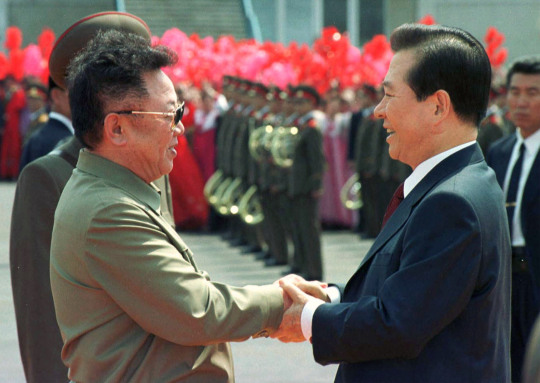
Great Leader Kim Jong Il greets President Kim Dae Jung of south Korea in Pyongyang, at the historic summit of June 15 2000.
Kim Chun Song, The Pyongyang Times
A walk through the Palace of the Reunification Palace in Saigon. It’s like stepping into a time machine.
The Japanese imperialists labeled independence armies as bandits and independence activists as thought offenders … The word “Reds” originated from them….. Hostility between the left and the right and ideological stigmas were tools used by Japanese imperialists to drive a wedge between us. Even after liberation, they served as tools to impede efforts to remove the vestiges of pro-Japanese collaborators. They were also used to brand the public as enemies when it came to massacres of civilians, spurious accusations of spying for North Korea and the student pro-democracy movement….. Still now in our society, the word “Reds” is being used as a tool to vilify and attack political rivals, and a different kind of “Red Scare” is running rampant. These are typical vestiges left by pro-Japanese collaborators, which we should eliminate as soon as possible. The 38th parallel drawn through our minds will disappear all together once the ideological hostility that caused internal rifts are removed.
- President Moon Jae-in
Post link

